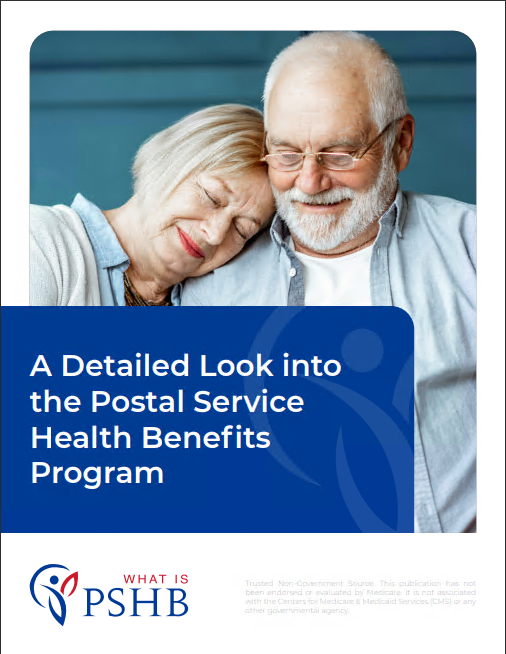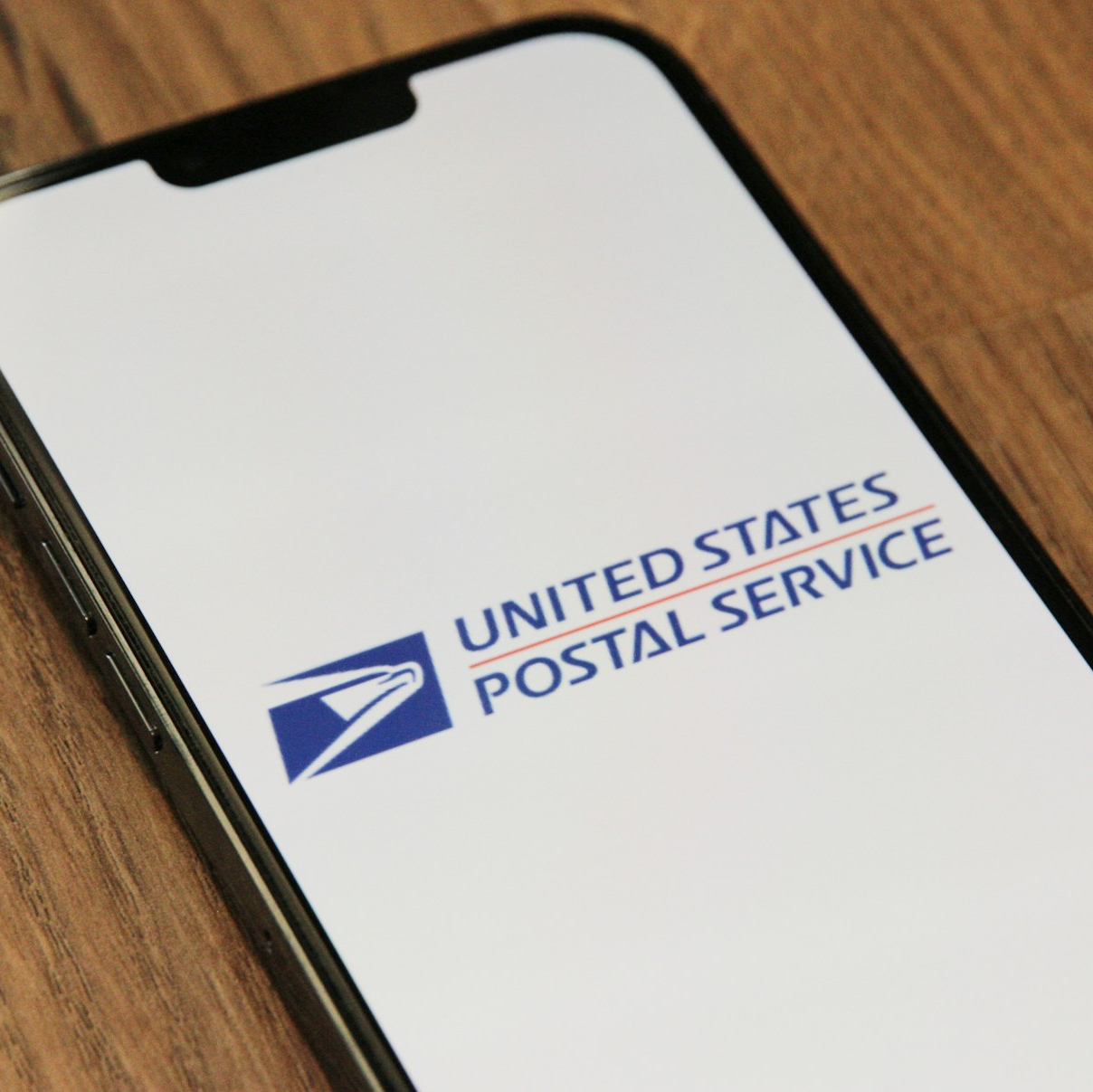Key Takeaways
-
PSHB plans in 2025 provide tailored options to meet USPS workers’ healthcare needs while aligning with federal regulations.
-
Strategic enrollment and understanding your plan’s features can help reduce overall healthcare expenses and enhance benefits.
Understanding the PSHB Transition
If you’re a USPS employee or annuitant, you’ve likely heard about the shift from the Federal Employees Health Benefits (FEHB) program to the Postal Service Health Benefits (PSHB) program. Starting January 1, 2025, all postal workers and annuitants must enroll in a PSHB plan to maintain their health insurance. This move marks a significant change, aimed at creating a system more attuned to the unique needs of postal employees.
While this shift might seem overwhelming at first, PSHB plans offer benefits specifically designed to help you manage healthcare costs more effectively. They prioritize services that align with USPS workers’ occupational demands, ensuring your healthcare is accessible and comprehensive.
Additionally, PSHB plans are structured to provide streamlined enrollment processes, user-friendly resources, and clearer communication compared to FEHB, making it easier for employees and retirees to adapt to the new system.
Key Features of PSHB Plans
PSHB plans retain many familiar aspects of FEHB but add enhancements tailored for postal workers. Here’s what you should know:
Comprehensive Coverage
PSHB plans continue to provide broad coverage, including:
-
Hospital and medical services
-
Preventive care
-
Prescription drug coverage
-
Access to vision and dental options in some cases
In addition to these services, PSHB plans often include wellness incentives and health management tools, empowering members to take control of their well-being. These features are specifically curated to support postal workers’ unique lifestyles, emphasizing physical and mental health.
Medicare Integration
If you’re eligible for Medicare, PSHB plans coordinate seamlessly with Medicare Part A and Part B. This integration can significantly reduce your out-of-pocket costs, as many plans waive deductibles and other expenses for those enrolled in Medicare.
The coordination also extends to minimizing redundant paperwork and ensuring faster claim resolutions, a factor that simplifies healthcare management for retirees.
Prescription Drug Benefits
One of the standout features is automatic enrollment in a Medicare Part D Employer Group Waiver Plan (EGWP) for Medicare-eligible enrollees. This inclusion ensures affordable access to prescription medications.
Additionally, PSHB plans frequently provide tools for tracking prescriptions, managing refills, and accessing specialized pharmacy networks for lower costs. These resources can help USPS workers and retirees with ongoing medication needs.
Tailored for USPS Employees
Unlike FEHB, PSHB plans cater specifically to postal workers, offering options designed to address your unique healthcare needs and employment conditions. This customization ensures that postal employees receive more relevant and practical support from their health insurance.
Steps to Select the Right PSHB Plan
Navigating your healthcare options can feel daunting, but breaking the process into manageable steps makes it simpler:
1. Review Your Needs
Start by assessing your healthcare usage. Do you have regular prescriptions? How often do you visit the doctor? Answering these questions will help you determine which PSHB plan best suits your situation.
Evaluate your family’s needs too. If you’re enrolling dependents, ensure their unique medical requirements are also considered.
2. Compare Plan Options
PSHB plans offer a variety of choices. During Open Season, take the time to:
-
Compare premiums, deductibles, and copayments
-
Check which providers are in-network
-
Ensure your preferred doctors and specialists are included
Remember to delve deeper into less obvious aspects, like travel coverage, maternity benefits, or specialty care options. These details can make a significant difference in your experience.
3. Understand Medicare Requirements
If you’re eligible for Medicare, enrolling in Part B is essential to maintain PSHB coverage. Make sure you factor in the Part B premium when budgeting for healthcare expenses.
For retirees, ensure that your PSHB plan leverages Medicare’s benefits efficiently to reduce out-of-pocket spending.
4. Use Decision-Support Tools
Online resources and plan comparison tools provided by the Office of Personnel Management (OPM) or USPS can help you make informed choices.
Webinars and informational sessions hosted by USPS or health plan providers can further clarify confusing aspects of coverage.
How to Maximize Your Benefits
Choosing the right PSHB plan is only the first step. Here’s how you can get the most out of your coverage:
Leverage Preventive Services
PSHB plans emphasize preventive care. Regular screenings, vaccinations, and wellness visits are often covered at no additional cost. Utilizing these services can help you avoid more significant health issues down the line.
Preventive care often includes lifestyle coaching, fitness reimbursements, and mental health support, enabling you to stay ahead of potential health concerns.
Coordinate with Medicare
For Medicare-eligible enrollees, PSHB plans’ coordination with Medicare can be a game-changer. By enrolling in Part B, you unlock additional cost savings, such as reduced deductibles and copayments.
Maximizing this coordination involves understanding how your plan prioritizes payments and eliminates redundant costs. Many plans offer resources to guide members through this process.
Utilize Prescription Savings
Take advantage of the EGWP to lower your prescription drug costs. Many plans also offer mail-order pharmacy options, which can provide further savings and convenience.
Consider generic alternatives or formulary changes suggested by your plan to further reduce medication expenses.
Monitor Out-of-Pocket Spending
Keep an eye on your annual expenses. The new $2,000 cap on out-of-pocket drug costs under Medicare Part D can provide substantial relief for high prescription expenses.
Additionally, PSHB’s transparency tools help members track spending and budget effectively. This proactive approach ensures you’re never caught off guard by unexpected costs.
Cost Considerations for 2025
Managing healthcare costs requires a clear understanding of the expenses you may face. Here are the key cost components:
Premiums and Deductibles
PSHB plans vary in their premiums and deductibles. While premiums tend to reflect the level of coverage provided, higher premiums often mean lower out-of-pocket costs for services.
Remember that balancing these costs with your anticipated healthcare usage ensures long-term affordability and reliability.
Out-of-Pocket Limits
For 2025, Medicare Part D’s new $2,000 cap on prescription drug expenses is a notable improvement. PSHB plans also feature annual out-of-pocket maximums to protect you from excessive costs.
These caps are especially beneficial for members managing chronic illnesses or requiring expensive treatments.
Medicare Part B Premiums
If you’re eligible for Medicare, you’ll pay a standard Part B premium of $185 per month in 2025. Some PSHB plans may offer partial reimbursement for this cost, so explore your options during enrollment.
Important Timelines to Remember
Staying on top of deadlines ensures you don’t miss out on essential coverage. Here are the key dates:
Open Season
Enrollment for PSHB plans occurred from November 11 to December 13, 2024. If you missed this period, you can make changes only during Qualifying Life Events (QLEs).
Coverage Effective Date
All changes made during Open Season took effect on January 1, 2025.
Special Enrollment for Medicare
If you’re newly eligible for Medicare, you have a seven-month Initial Enrollment Period (three months before, the month of, and three months after your 65th birthday).
Overcoming Common Challenges
Transitioning to a new healthcare system can come with its challenges. Here’s how to address common concerns:
Understanding Your Options
If the variety of plans feels overwhelming, use resources like the OPM’s comparison tools or USPS-hosted webinars to clarify your choices.
Meeting Medicare Requirements
The Medicare Part B enrollment mandate may seem like an added cost, but the savings and benefits it unlocks through PSHB make it a worthwhile investment.
Navigating Plan Changes
Be sure to review your plan’s Annual Notice of Change (ANOC) to stay informed about updates to benefits, premiums, or other details.
Why PSHB is a Game-Changer
The shift to PSHB isn’t just a bureaucratic change; it’s an opportunity to improve how USPS workers access and manage healthcare. By focusing on postal-specific needs, PSHB plans provide better alignment with the demands of your job and life.
The inclusion of features like EGWP for prescriptions and tailored benefits for Medicare enrollees demonstrates a commitment to reducing financial strain while maintaining comprehensive care. This system ensures more effective cost management for all members.
Maximize Your Healthcare Savings in 2025
Managing healthcare costs effectively requires planning, knowledge, and action. With PSHB plans, USPS workers and annuitants have access to options designed to make this process smoother. By understanding your needs, comparing plans, and leveraging the benefits available, you can ensure your healthcare expenses remain manageable while enjoying high-quality coverage.













